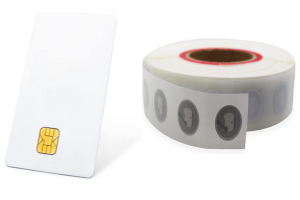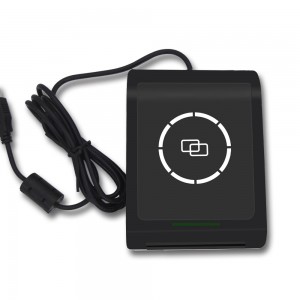Basic Introduction to RFID Wireless Radio Frequency Identification Technology
Radio Frequency Identification (RFID) is a non-contact automatic identification technology that utilizes the transmission characteristics of RF signals and spatial coupling (inductive or electromagnetic coupling) or radar reflection to achieve automatic identification of the identified object.
The RFID system includes at least two parts: electronic tags and readers. Electronic tags are the data carrier of radio frequency identification systems, consisting of tag antennas and tag specific chips. According to the different power supply methods of electronic tags, electronic tags can be divided into active tags, passive tags, and semi passive tags. The active electronic tag is equipped with a battery, while the passive RF tag does not have an internal battery. The semi passive tag partially relies on the battery for operation.
Electronic tags can be divided into low-frequency electronic tags, high-frequency electronic tags, ultra-high frequency electronic tags, and microwave electronic tags based on different frequencies. According to the different packaging forms, it can be divided into credit card labels, linear labels, paper labels, glass tube labels, circular labels, and special purpose irregular labels.
The RFID reader (reader writer) communicates wirelessly with RFID electronic tags through an antenna, enabling the reading or writing of tag identification codes and memory data. A typical reader includes a high-frequency module (transmitter and receiver), a control unit, and a reader antenna.






















